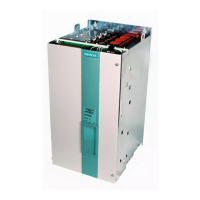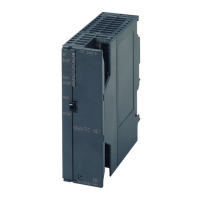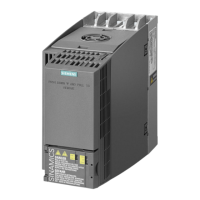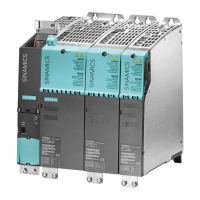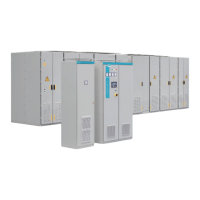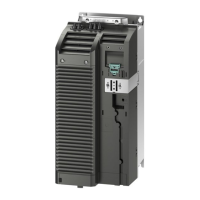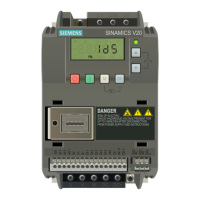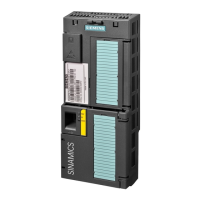- 788b -
Function diagram
87654321
fp_mc_788b_e.vsd
Free blocks
MASTERDRIVES MC
24.02.03
Basic Positioner: General Notes
V2.5
In the case of relative positioning, "distance to go" does not apply; i.e. renewed POS_ON
or SPV_RIE causes renewed travel to an existing relative position setpoint.
Software limit switches [789b.1]: Please note that the software limit switches need only be activated
for the linear axis (U858 (AZL) = 0) and via U865 (end zones).
Furthermore, the software limit switches are arranged at the factory for activation via freely
parameterizable input U863.2,.3 with "Axis homing" [ARFD] OR "Homing point captured"
(B210, [330.7] - cannot be changed by the user.
Standardizations: As with technology option F01 (Section 9 of this Compendium MASTERDRIVES
MC), the same applies here mutatis mutandis, e. g. factory default configuration with motor encoder:
V nom. = Resolution x position-feedback scaling factor x reference speed x 10
-3
with: V nom.: U856 [788a or 789b] and P205 [340.3] // Resolution: P171 [330.3] //
position-feedback scaling factor: P169,P170 or P180, P181 [330.3] //
reference speed: P353 [20.5]
The basic positioner itself generates no fault or warning messages (but these can be
configured in basic unit functions or other free blocks).
For the user, this opens up a wide variety of solutions with regard to type of motion; naturally,
the types of motion in question must also yield the desired inputs and interlockings.
The basic positioner can be used for "simple" positioning tasks.
As can be seen from the "Overview" [788a], the basic positioner consists of three free blocks [789a, b, c] that are set at the factory for the function
"Basic positioning with motor encoder" and are fully pre-wired among themselves. (The three blocks can also be used singly for further applications.) It is
therefore only necessary to change the desired INPUTS ([788a] or in detail on [789a]) AND to wire the outputs ([788a] or in more detail [789c]) as recommended.
Enabling (ENABLE POS/REF) is implemented at the factory by means of the checkback signal "Position control enabled", i.e. the basic positioner is enable
via the freely selectable source "Enable position controller" (P210, [340.4]).
A graphical overview is given in function diagram 788.
Since almost all variables of the basic positioner (including those between free blocks) are binector inputs/outputs or connector inputs/outputs, the function
is controllable both with only one signal and also in parts with the desired process sequence / interlocking.
The user must therefore secure the desired function / motion.
A detailed description of the basic positioner is to be found in Section 7.2.3 of this Compendium MASTERDRIVES MC V2.0.
Concerning use of the basic positioner, insertion of the three free blocks into the T4
time slot is recommended (e.g. on account of the fixed time slot of the position
detector motor encoder); i.e. U953.60 = 4, U953.61 = 4, U953.62 = 4
PRIORITY Modes:
Homing (REF_ON with REF_TYPE = 1) > positioning (POS_ON) > setup (SETUP).
Homing on the fly (REF_ON with REF_TYPE = 0) is always possible, i.e. both in the case of
positioning and in the case of setting up.
The transitions occur "on the fly"; the priority always applies, even in the case of
simultaneous selection of modes. It is therefore possible to change mode without
bringing the axis to a stop.
"Set-Setpoint-Transfer-Type" (SPV_RIE_TYP) on [789a]:
- In the case of "Constant set-setpoint-transfer" (SPV_RIE_TYP = 1), all set-setpoint
inputs are connected through at all times. No relative positioning is possible here
(KK874 is set to 0 %).
This also makes it possible, for example, to move the axis to a new position without
additional binary control simply by changing the position setpoint.
- In the case of "Transfer with positive edge" (SPV_RIE_TYP = 0 and pos. edge
via SPV_RIE), the user can set new setpoints with edge control.
Direction of rotation of the axis: D_FWD, D_BWD, sign position setpoint ([788a] or
in more detail [789a]).
In the case of the linear axis (U858=0), the position setpoint determines the direction
of rotation of the axis. In the case of relative positioning it is the sign of the
position setpoint that determines the direction of rotation. In the case of absolute
positioning of the rotary axis and setup, control binectors D_FWD and D_BWD
determine this. (Both HIGH: Axis is stopped // Both LOW with abs.-pos.-rotary-axis :
shortest distance).
In the case of homing, D-FWD and D_BWD determine the starting direction.
SHORT NOTES
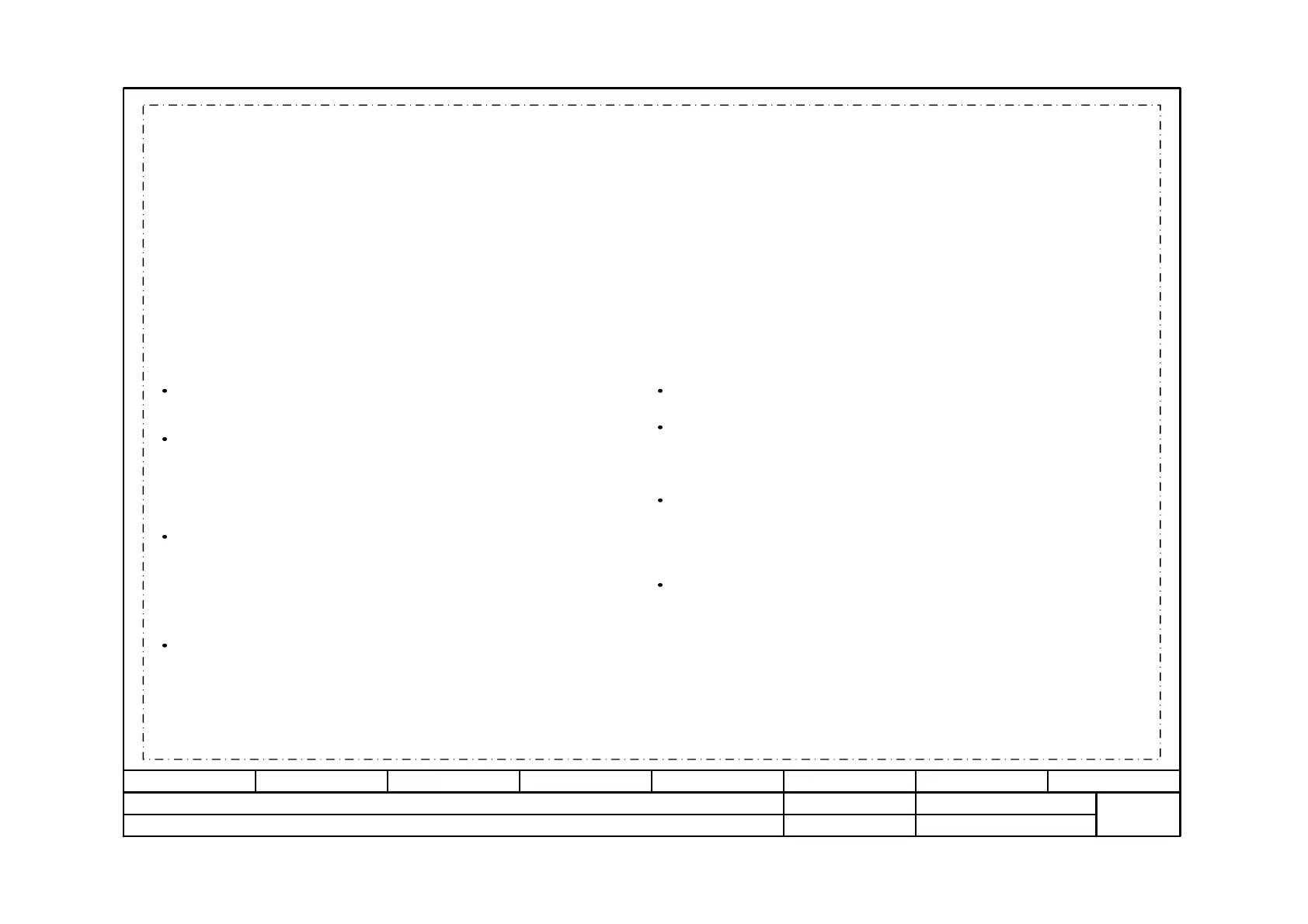